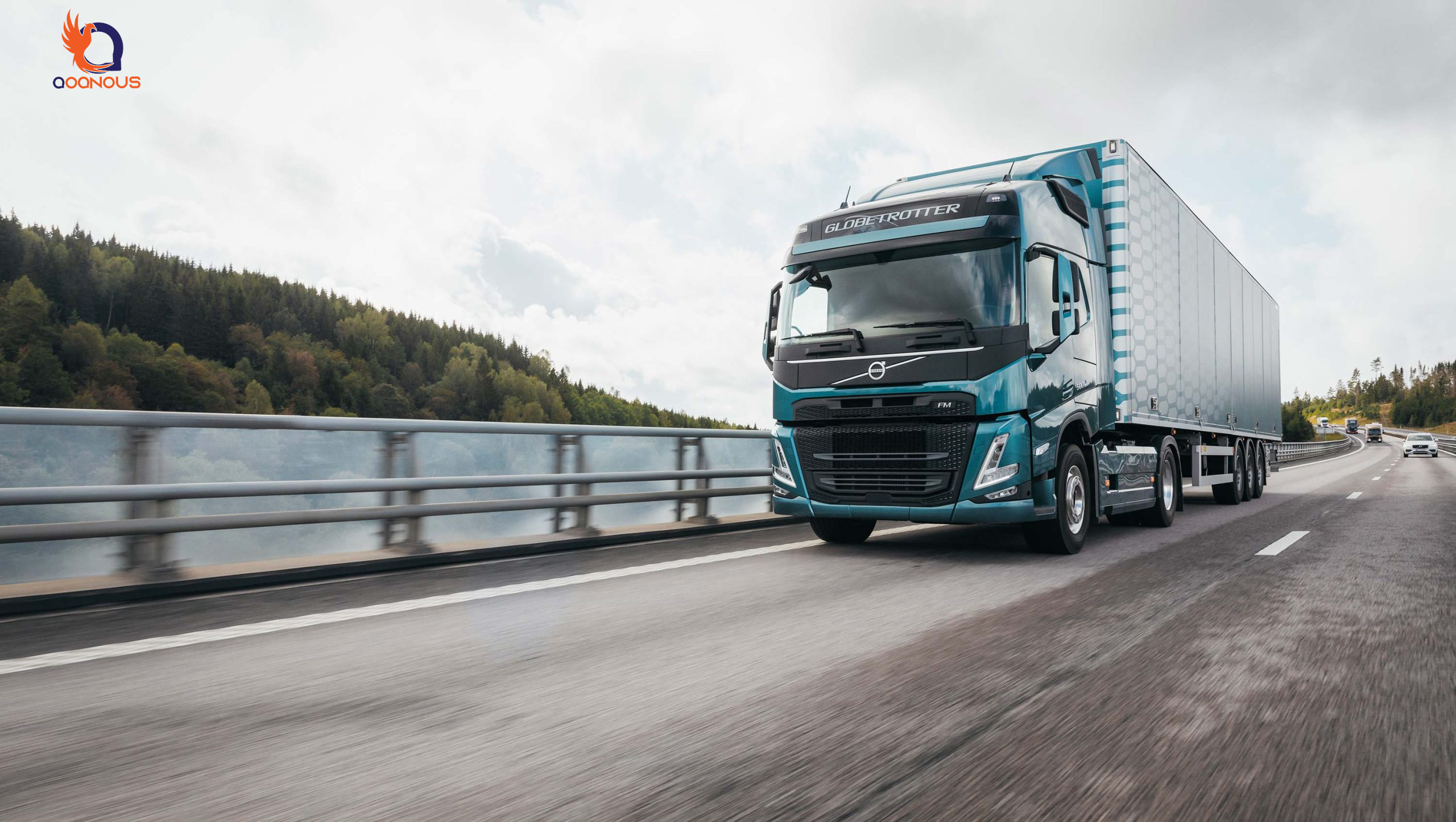The importance of internal and external transit
Head of content
In today’s world, countries and cities within a geographical border are forced to meet their needs through trade relations. For this reason, the transportation system and all types of internal and external transit were formed to meet the needs of a society by transporting goods to different countries. Transit has its roots in French and means to pass and carry goods from one city to another or from one country to another.
Iran is in a good geographical position. in such a way that it reaches Russia, Eastern, Central, Northern European countries, Central Asia and the Caucasus through the northern transit routes and from the south of the country to the countries of South Asia, Southeast Asia, the Far East, Oceania and the Persian Gulf countries .
Also, the presence of Shahid Rajaei ports and Customs Clearance of Bazargan has a special position in the transit route of the North and South corridors, and Shahid Bahonar, Bushehr and Chabahar ports have special potentials, which as an outstanding advantage, for internal and external transit in country is considered
The field of transit activities includes two international and domestic sectors. In the following article, stay with Qoqnous Trading to examine and define internal and external transit by road and the advantages and disadvantages of each.


Internal transit
In general, internal transit refers to the movement of different goods but in high tonnage within the borders of a country. There are different types of internal transit, sometimes a cargo is transferred from one city to another city, for example, when a factory wants to send its products to different cities, it uses internal transit services, of course, the type of cargo in the transit type Domestic is effective and according to the type of cargo, transportation is done by trucks, trolleys, refrigerated trucks and sometimes through rail transportation, of course, domestic rail transit for some provinces of the country where They do not have iron, it is not possible.
There is another type of internal transit, which is related to transportation from one customs to another customs. In this type of internal transit, the imported goods are brought to the nearest customs office of the country and may not be able to clear the conditions on time due to heavy congestion. Therefore, the cargo is transferred to another customs office through internal transit, and from there the process of goods clearance takes place.
In this type of internal transit, the goods are checked at the customs of origin and sealed to ensure the conformity of the goods with the customs declaration. In the next step, the goods must be in the destination customs according to the date that has been determined, otherwise it will include heavy fines.
Internal customs transit fees
Among the most important parameters that determine the cost of internal transit, the following can be mentioned:
- Product Type
- The value of the goods
- Internal transit type
- Transit route
- Distance from origin to destination
Documents required for internal transit at customs
- Proforma and pre-invoice
- Baling list
- Certificate of Origin
- clearance
- bill of lading


Foreign transit
Foreign transit or international transit means the movement of heavy cargo from within the country to other countries, which in this case is known as export of goods. When a factory or production unit produces more than the country’s needs, it can export goods to foreign countries. The distance from the origin to the destination is done in different ways such as: ground transportation, air transportation, and rail transportation, which here means foreign transit, transportation by truck and cargo trolleys.
Foreign transit is divided into two categories:
First category: In this type of foreign transit, there is only one origin and one destination. That is, the movement and export of goods takes place directly from the customs of origin to the customs of the destination country.
Second category: In this type of transit, at least 3 or more countries are involved in the transportation. It means that the movement of goods from the country of origin to the destination must pass through 3 or more customs and be examined by 3 or more customs. You should also pay attention to the fact that the date and time of entry and exit in each country is certain and there should be no delay. For example, goods are exported from Dubai to Iraq. In this case, the country of Iran is considered a transit country, and the goods entered the Bandar Abbas customs, are checked and sealed, and then leave the Bashmaq Marivan customs and enter Iraq. In this case, Iran only receives a transit fee and allows entry from its country.


final word
With a brief and useful article, we tried to familiarize you with internal and external transit, but every year the branches of these laws are revised, although the law is generally fixed, but there is a very urgent need for your awareness and knowledge of this information to You can achieve the desired result you want.
Both in internal transit and in external transit there are regulations that must be adhered to and must be followed, otherwise the person may be considered a violation and face heavy fines. Dear traders and producers, you can leave all the stages of foreign transit of your products to Qoqnous Trading for export. Qoqnous team completes all foreign transits from ground customs, including Bazargan customs, in the shortest possible time with minimum cost. You can also contact Qoqnous experts for free consultation in the field of foreign transit.



